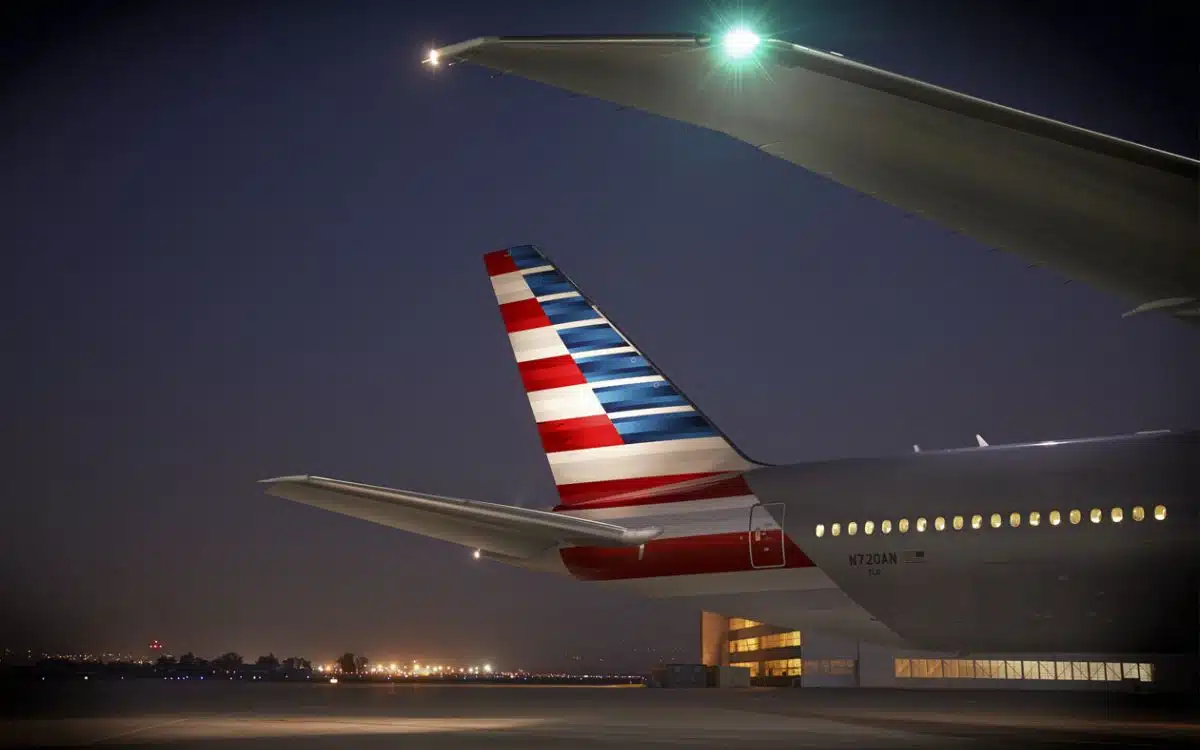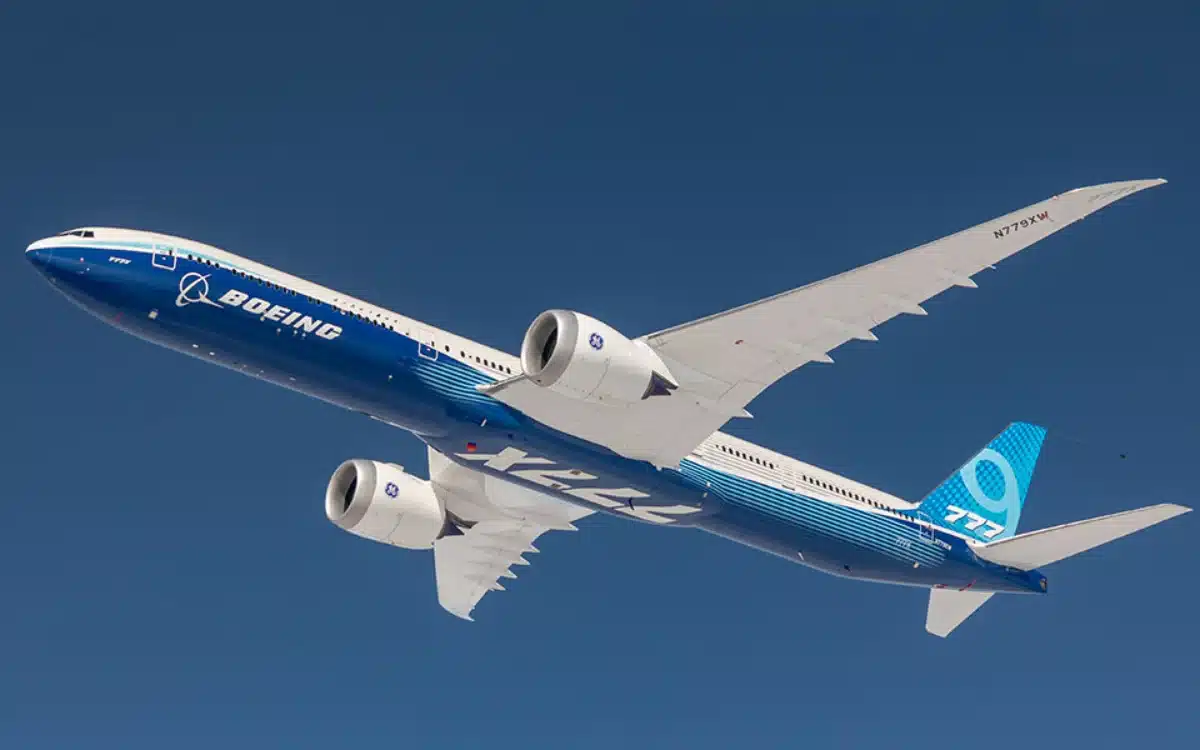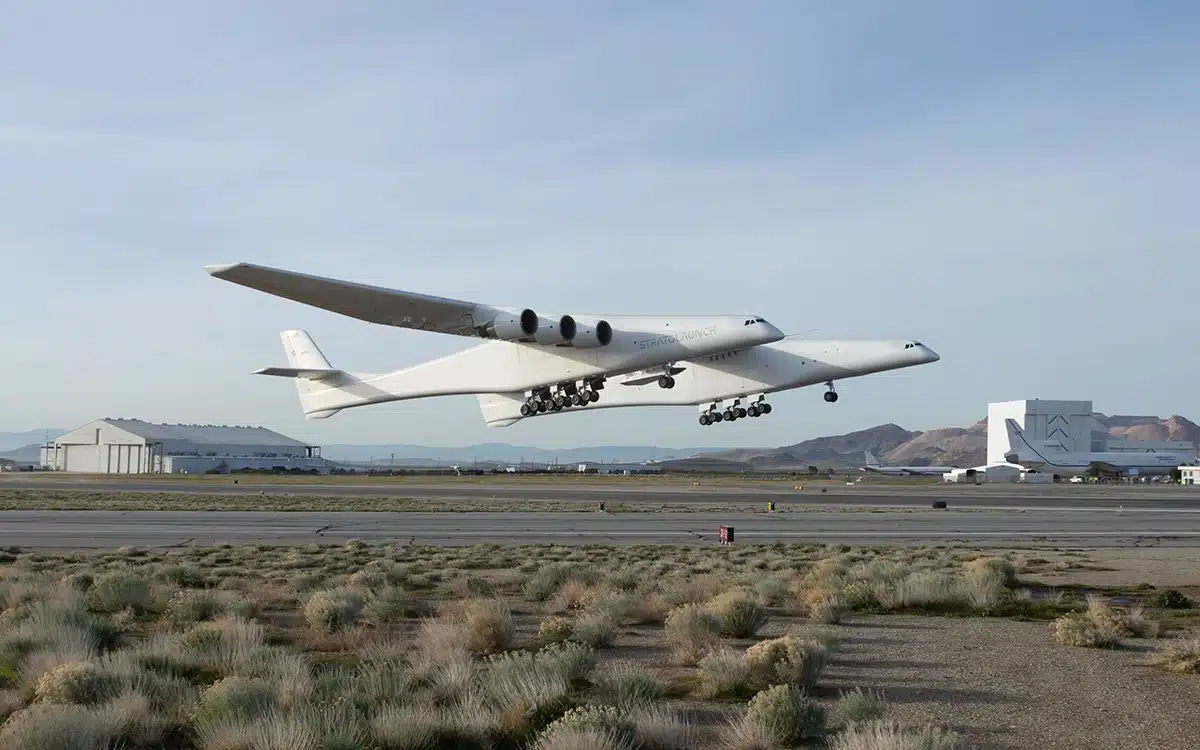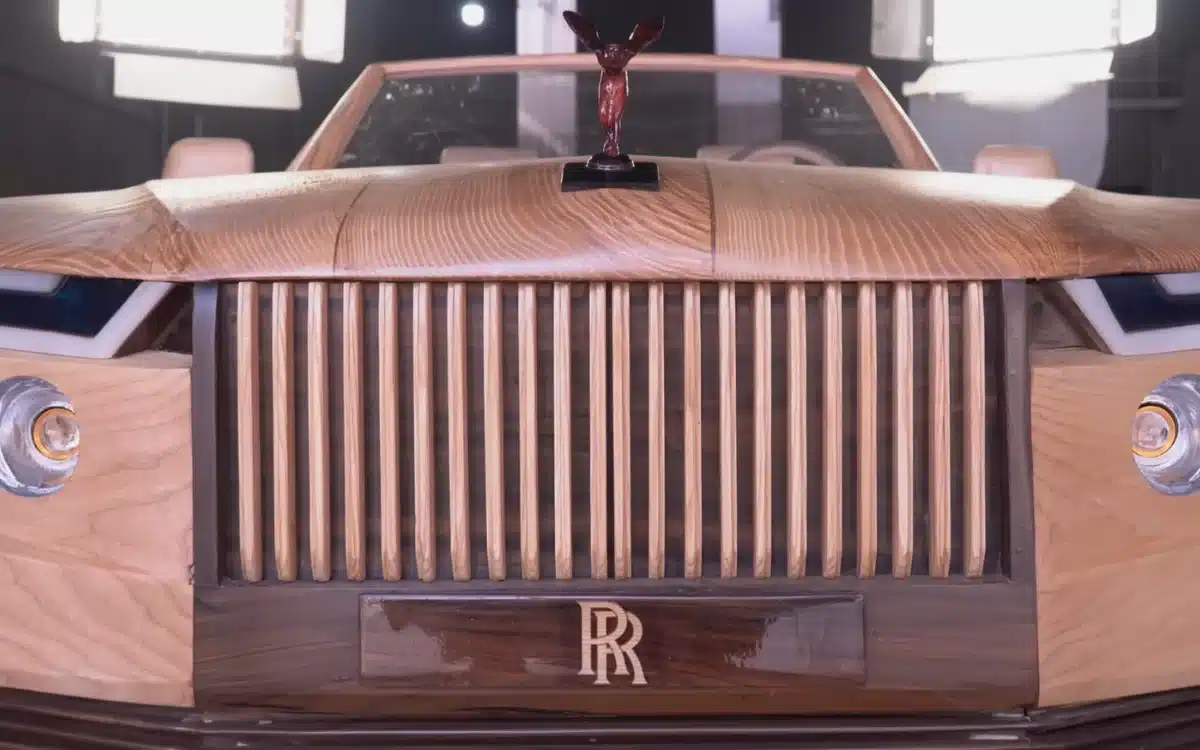Inside the Palm Jumeirah in Dubai, proclaimed to be the eighth wonder of the world
- Construction of Palm Jumeirah began in 2001
- But nobody could have imaged the sheer scale of the iconic project
- The eighth wonder of the world is so huge it can be seen from space
Published on May 20, 2024 at 7:46 PM (UTC+4)
by Amelia Jean Hershman-Jones
Last updated on May 21, 2024 at 3:26 PM (UTC+4)
Edited by
Tom Wood
The Palm Jumeirah in Dubai is the world’s largest manmade archipelago.
The iconic project is instantly recognizable and said to be the eighth Wonder of the World.
To put its size into perspective, the Palm Jumeirah is such a massive project that it can be seen from space.
READ MORE! Then and now: the oldest and newest Emirates aircraft
The man-made group of islands forms the shape of a palm tree when viewed from above.
Construction began on reclaimed land in 2001.
Reclaimed materials including 20 million cubic meters of sand from the Persian Gulf dredged from the ocean floor and seven million tons of rock from the Hajar mountains were used.
No steel or concrete was used.
Per Britannica, it was developed by Nakheel, a real estate company now owned by the government of Dubai.
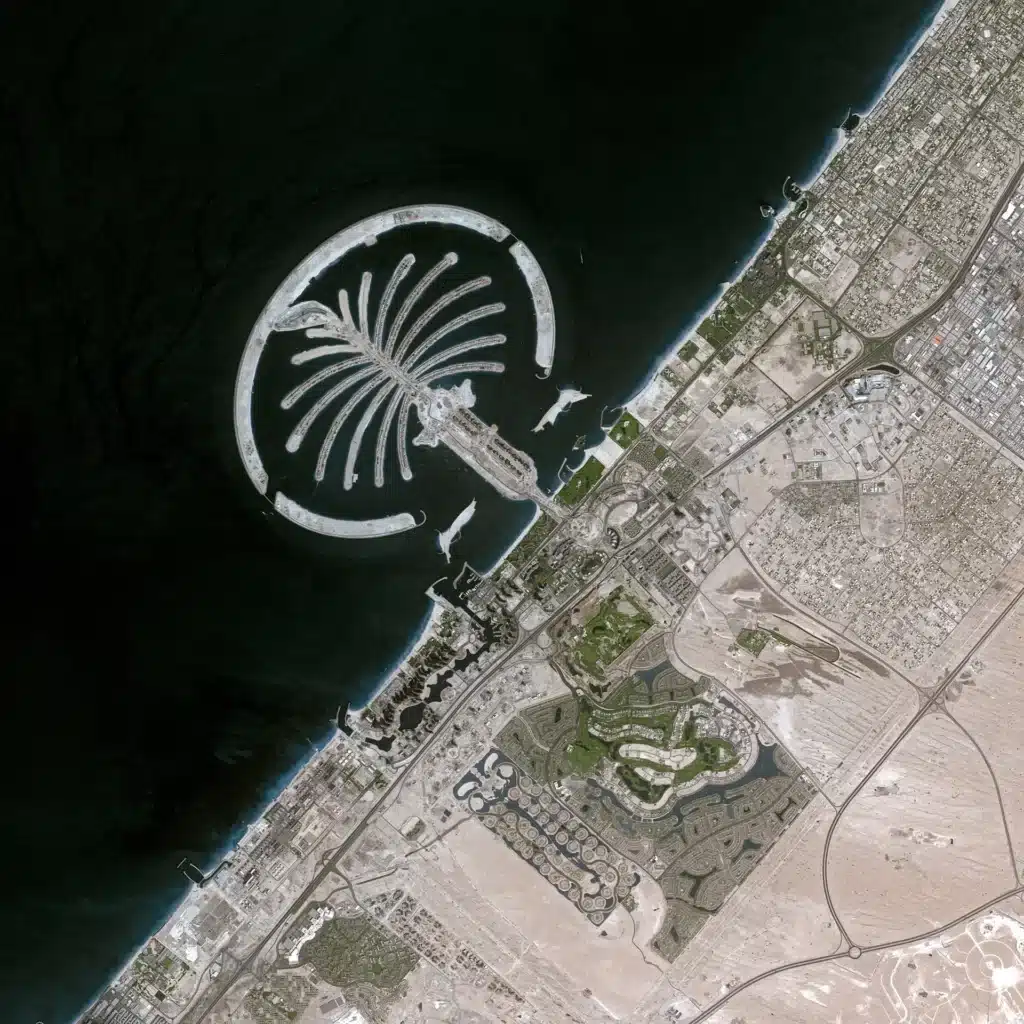
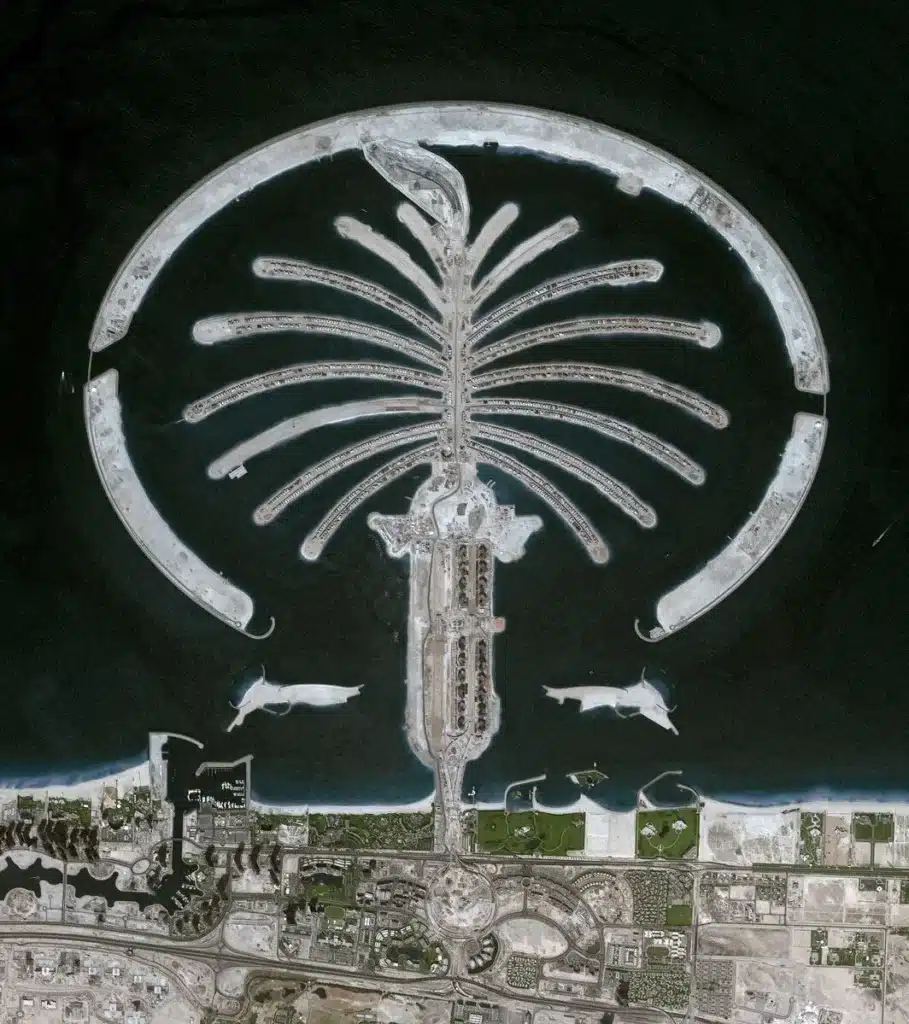
The first residents moved in in 2007 then, in 2009, it was connected to the mainland via the Palm Monorail – but flying cars could soon be helping out.
Due to its unique shape, Palm Island took extensive planning, specialized tools, and specific materials, causing costs to spike to approximately $12 billion.
The construction team used satellites and GPS to ensure the shape was perfect.
The unique island is home to some 60 luxury resorts in Dubai, including the Atlantis, The Palm, FIVE Palm Jumeirah Hotel, Jumeirah Zabeel Saray, One&Only The Palm, and Burj Al Arab to name a few.
The unique destination also houses fine dining options, such as Nobu and 101 Dining Lounge, and over 80 other restaurants, lounges, malls, and attractions.
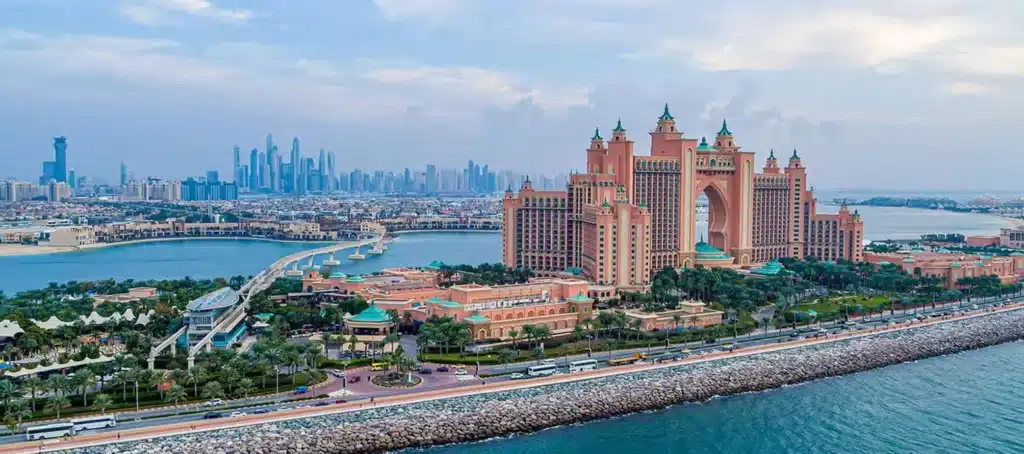
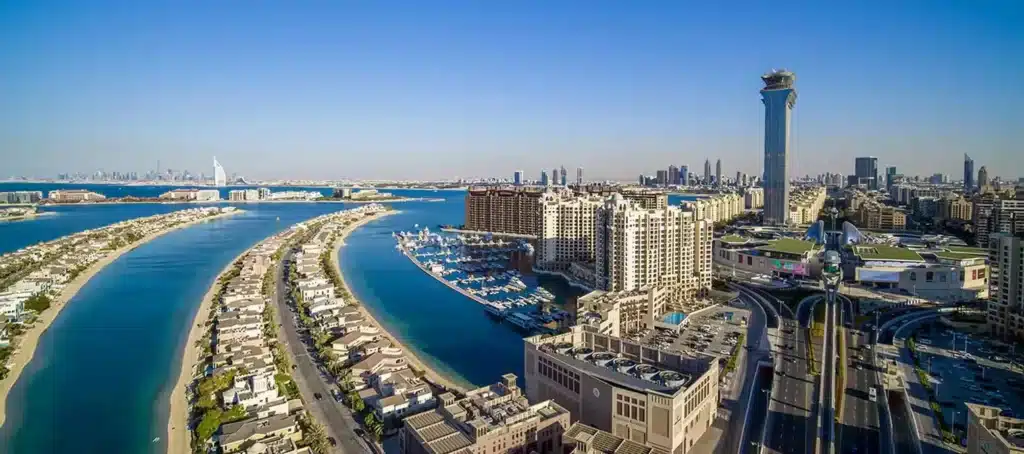
It’s also home to 5,000 waterfront apartments, 4,000 residential villas, and 1,000 water homes.
What you won’t find are palm trees.
Despite the archipelago’s name, there are none on the island.
An 11km (6.8 mile) breakwater surrounds the island and its sand in a crescent shape to protect the archipelago, shielding it from weather and large waves from the Gulf.
But that isn’t the only buffer needed against the elements.
Artificial rain is used to balance Dubai’s high temperatures – and it’s amazing to watch.
And development is ongoing in the bustling tourist destination.
The world’s largest airport is currently being built in Dubai – and it features five parallel runways.

Amelia Jean Hershman-Jones
London-based Amelia cut her journalistic teeth covering all things lifestyle, wellness and luxury in the UK capital. Fast-forward a decade and the experienced content creator and editor has put pen to paper for glossy magazines, busy newsrooms and coveted brands. When her OOO is on you can find her spending quality time with her young family, in the gym or exploring the city she loves.
